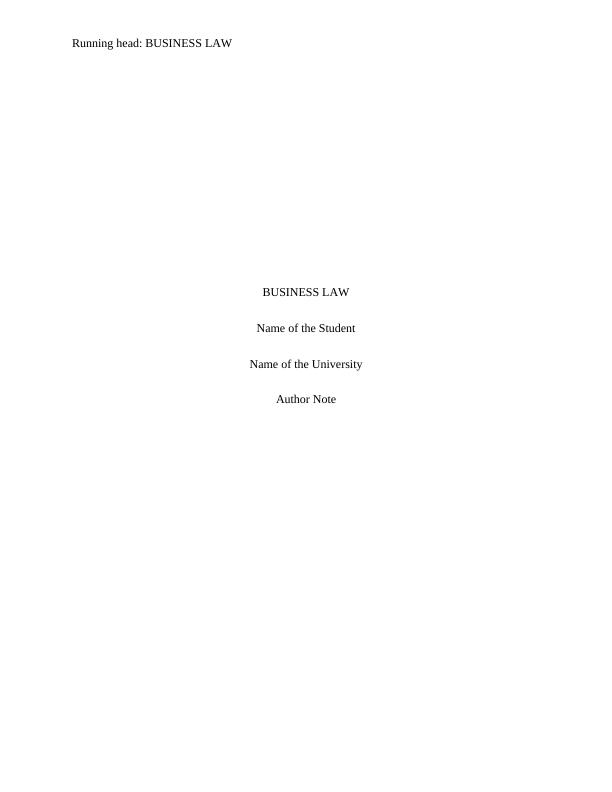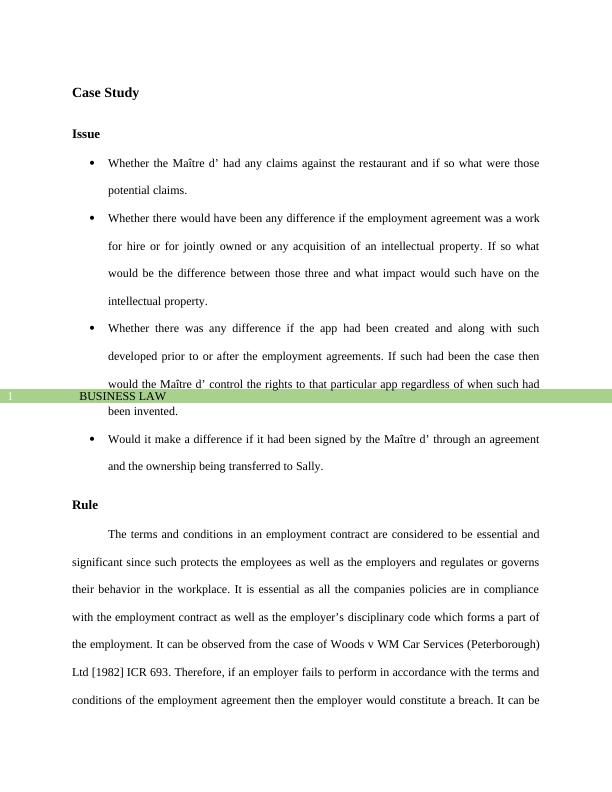Scally v Southern Health and Social Services
Added on 2022-08-19
6 Pages1284 Words22 Views
End of preview
Want to access all the pages? Upload your documents or become a member.
The Impetus towards Technical Efficiency: Patents and Innovation
|19
|5597
|202
Intellectual Property Rights in Software Industry
|6
|1502
|384
Introduction to Intellectual Property Law
|9
|2286
|41
Case Study Analysis: Patentability and Trademarks
|10
|2255
|354
Intellectual Property Rights and Moments from my Presidency
|15
|4607
|351
Fundamentals of Intellectual Property Law in Singapore
|7
|1626
|33



